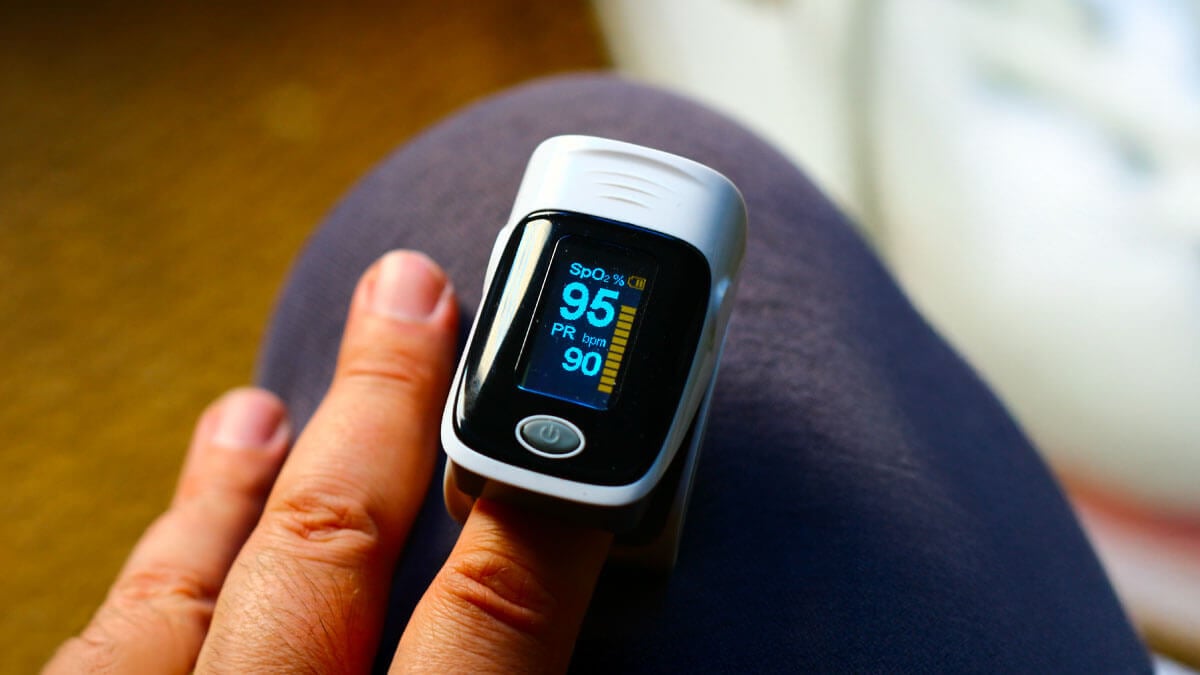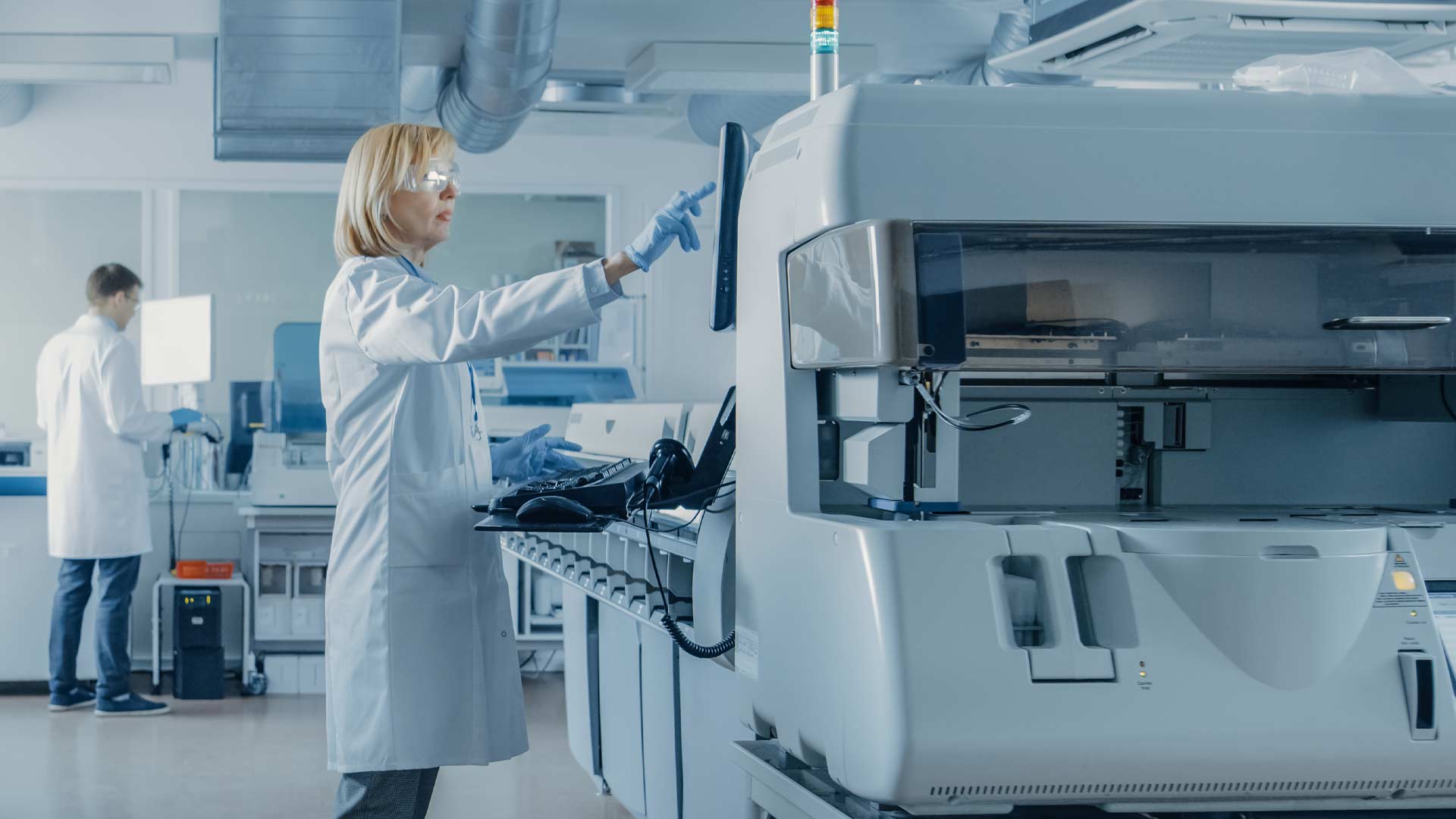
The regulatory submission can bring both horror and delight to the office: it just depends on which stage you are at. Paperwork can be grueling yet equally rewarding when accepted. In the life sciences industry, regulatory paperwork is what gets your foot in the door and your product in the market. Hence, regulatory submission ranks high in every manufacturer's priorities.
Regulatory submission is also a very slow process. It takes a lot of time, often years, to do the research and development and data collection appropriate for a regulatory submission. The entire process requires collaboration between different teams across the company, extensive research, analysis, audits, creating comprehensive reports, and so on. All of these steps are time-consuming. Repeating a step: even more so.
Hence, any delay can push the product's arrival to market by months causing potential losses. As such, many manufacturers now focus on the speed of the regulatory submission process to stay ahead of the competition. However, maintaining quality while reducing time is challenging. Since regulatory paperwork goes through exhaustive inspection, the quality maintenance needs to be top-notch.
In this article, we delve into a few techniques for streamlining the regulatory submission process while maintaining high quality.
What are regulatory submissions?
Before we can speed things along, it’s important to understand the regulatory submission process. Regulatory submissions are dossiers or bundles of paperwork and data submitted to regulatory authorities like the FDA or EU for regulatory approval purposes.
These papers contain research information, methods, clinical trial reports, and other technical documents needed to prove the safety and performance of the medical product. Compiling data for regulatory submissions begins at the very beginning of product design and continues throughout the development and production phases till the product is placed in the market. Regulatory authorities use these documents to assess a medical product and decide whether it’s suitable to be sold in their respective region.
Authorities working with the life sciences industry put great emphasis on these documents being as detailed and informative as possible. Regulatory submissions reflect a company's quality maintenance, risk management, and planning capabilities. As such, quite a lot depends on this process.
Recommended learning: Discover everything you need to know about Premarket Approval (PMA) for the medical devices industry!
Understanding regulatory submissions
Depending on the type of product you have and the regulatory authority in your region, the regulatory submission type varies. Below are some of the major submissions you might have to work with.

Here are the regulatory submissions you need to consider for the USA:
New Drug Application or NDA: NDA submissions have been required by the FDA since 1938. The NDA contains all relevant data regarding the drug, including the clinical data of the Investigational New Drug submissions. The goal of NDA is to give the authorities a clear understanding of what the drug does, the packaging, quality, risks, etc.
The FDA provides forms and guidance documents meant to help manufacturers and sponsors. The details vary depending on the type of drug, but most are standard safety and efficacy information.
Investigational New Drug Application or INDA: INDA is pretty similar to NDA except that it’s for drugs that are still in their investigation stage. According to the FDA, a drug needs to be cleared for marketing before it can be distributed across states in the US. However, INDA exempts new drugs from this rule and allows them to be sent to different states for clinical trials and other tests.
INDA can be given for both commercial and research purposes. It requires toxicology and animal test reports, compositions and other manufacturing details, clinical trial protocol, and other clinical information.
Pre-market Approval or PMA: Pre-market approval is required for high-risk class medical devices. This enforces a stricter level of quality control on these medical devices, ensuring their efficacy and safety. Aside from high-risk devices, for devices that use new technology or concepts FDA requires a PMA.
PMA primarily contains scientific data showing the safety and efficacy of the device. The data is presented in two sections, clinical investigation and nonclinical lab studies.
Biologics License Application (BLA): FDA requires a different permit for drugs extracted from biological or living organisms. Since the methods for designing and developing these medications are different from the regular ones, the permit for marketing them requires different information.
510(k) Premarket Notification: This submission is for those medical devices that do not need to submit PMA.

Here are the regulatory submissions you need to take into account for the European market:
CTA or Clinical Trial Application: In the European Union, manufacturers are required to get permission to conduct clinical trials. The goal is to standardize trials and make them as safe as possible. The application can be submitted online with the necessary documents.
MAA or Marketing Authorization Application: EU authorities require the submission of reports and clinical data before giving market access through the marketing authorization process. They evaluate the drugs' quality, and non-clinical and clinical features before allowing them to be distributed across Europe.
Strategies for a swift and effective regulatory submission process
Since regulatory submissions are tricky, the best way to approach them is to have a strategy. Proper planning and preparation go a long way to save time and resources. Since the market is a competitive one, products that arrive first have more chances of getting a larger user base.
The best strategy is to have a list of necessary papers for each regulatory submission from the very beginning and compile them as you go. Each step, from design to distribution, has some key data that will be required in the submission forms. Making the teams working on the products aware of the regulatory submission requirements early on is much simpler than tracking down files later.
Another simple strategy is to digitize everything from the beginning. Digitalization promotes speed in device/drug development. It also makes it easier to recreate documents manually later on for regulatory submissions.
However, uploading everything on the system is hardly effective if it is not contextualized. Lack of context and construction in data storing and no audits result in useless data that cannot be used to its full potential. Also, it makes it almost impossible to go into the system at any time and review data from any stage of the drug development/manufacturing process.
Moreover, the regulatory submission process requires collaboration between teams. Digitalization can be very effective in saving resources if a proper framework for cross-functional collaboration, communication, and inspection is established.
It also helps to standardize every process. New companies, or new teams, often fall into this pitfall of not following standard processes, causing unnecessary delays and unforeseen complications. A standard process helps everyone, from vendors to distributors.
Scilife tips: how to leverage your QMS to streamline your regulatory submission process
Implement your quality management plans effectively as early into development as you can. An effective QMS is the key to a smooth regulatory submission process.
Internal QMS audits at regular intervals are amazing for catching hidden causes of delays. Sometimes the cause can be as simple as team members failing to update their work or as in-depth as lack of skills of entire teams. Whatever the cause is, the earlier it’s caught, the earlier it can be remedied.
We also suggest you use transparency as a tool in your quality management system. Readily available stats, reviews, and insights into key processes encourage better outcomes and remove barriers. An eQMS like Scilife can help facilitate this, helping to address quality problems before they occur. Assessing the regulatory submission processes at regular intervals rather than right before submission can also prevent a lot of delays.
Conclusion
In conclusion, regulatory submission is just as important a part of device/drug production as the production of the product itself. Streamlining this process using the correct strategy and technology reduces speed bumps and allows you to refocus your resources on developing a better-functioning product and marketing.






